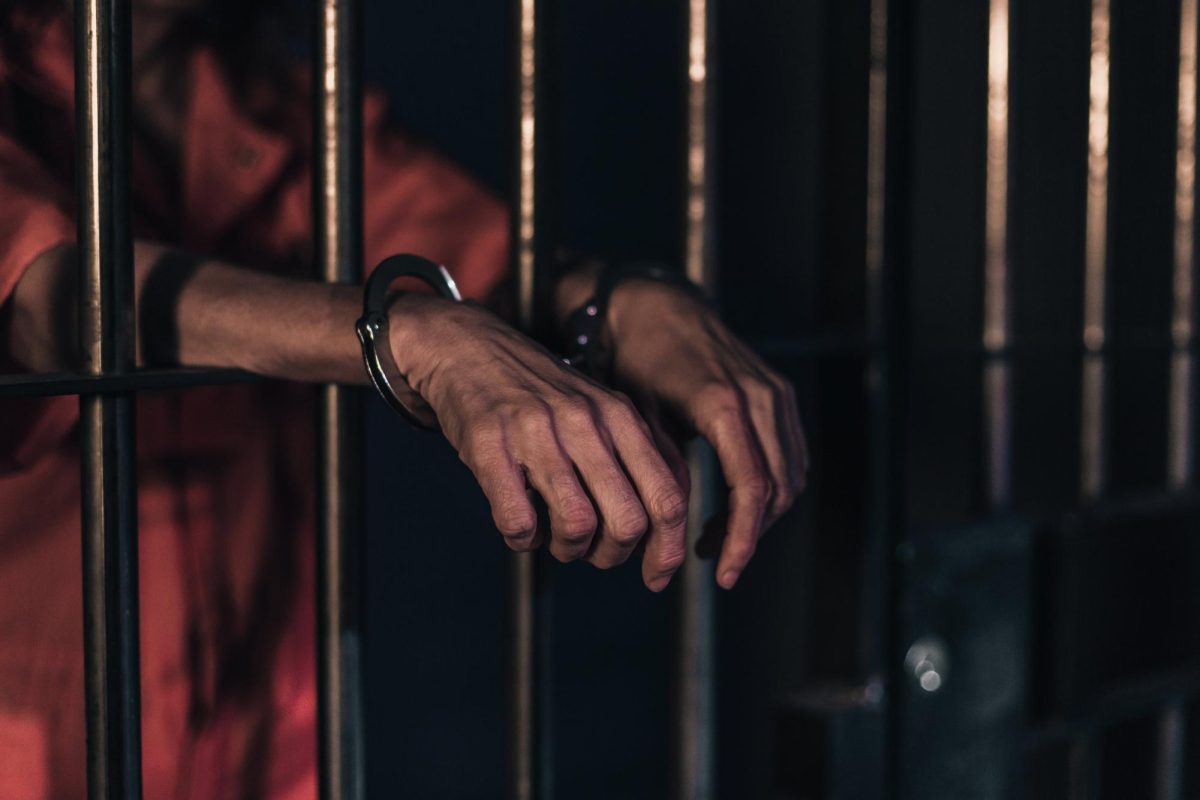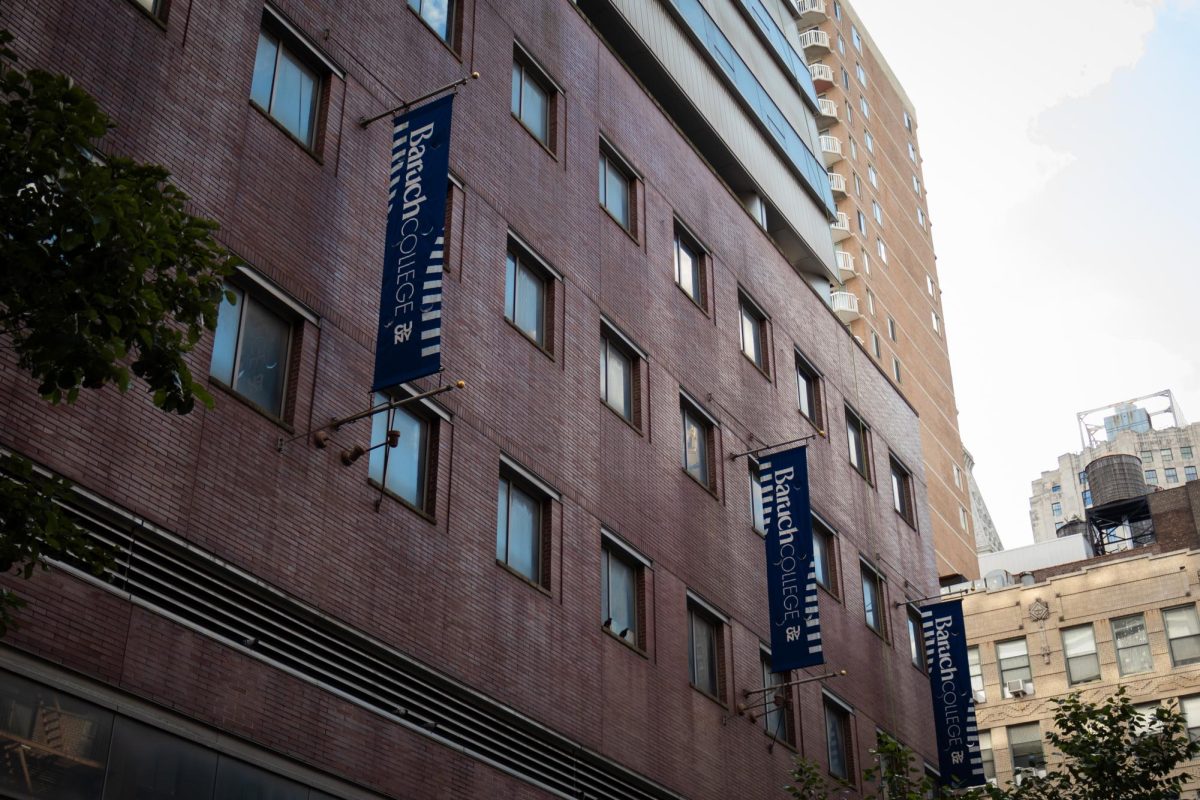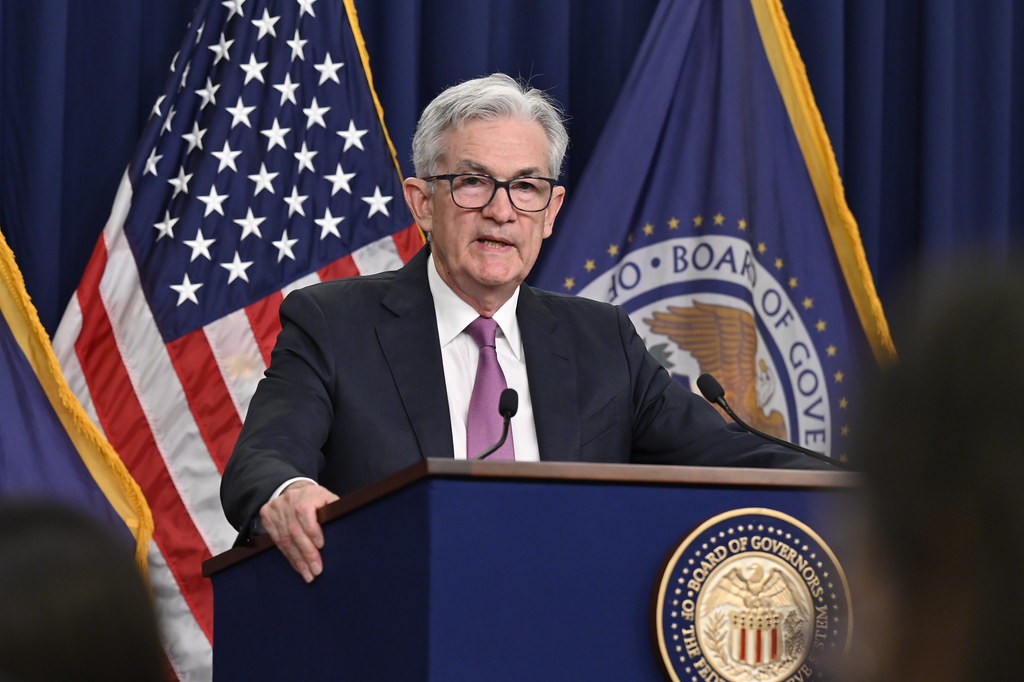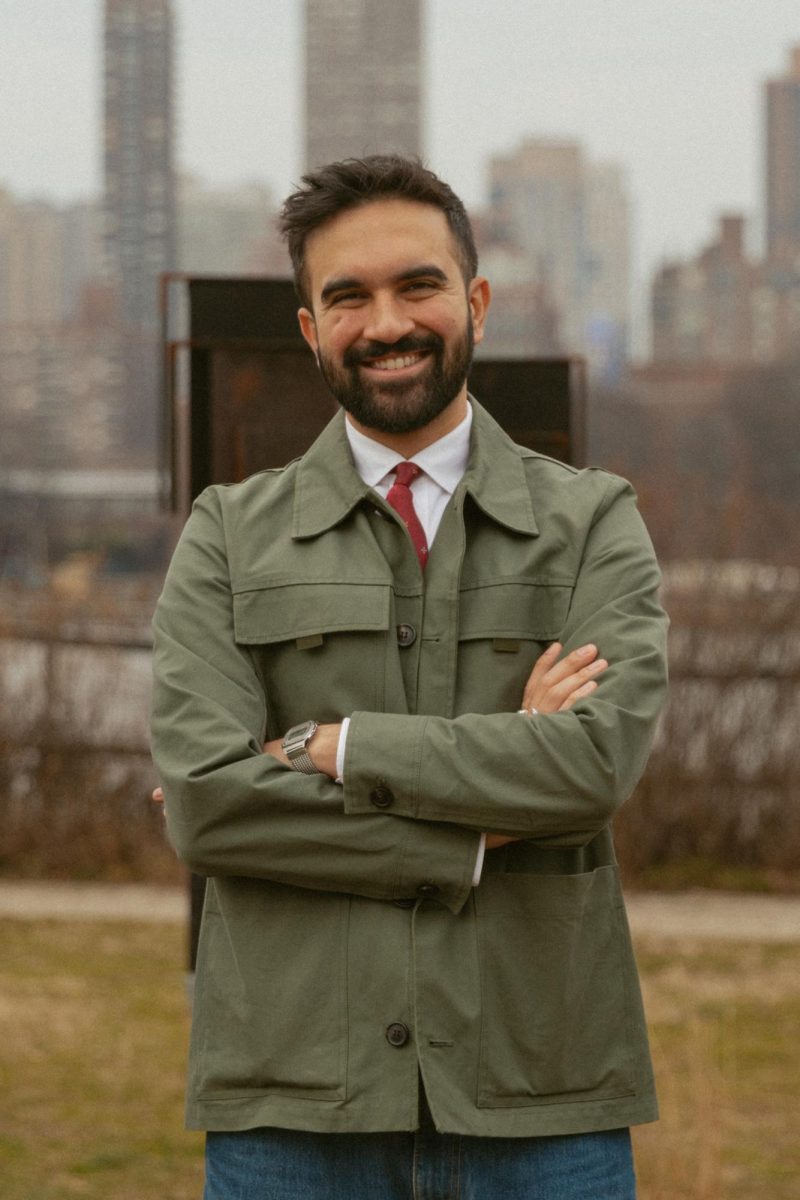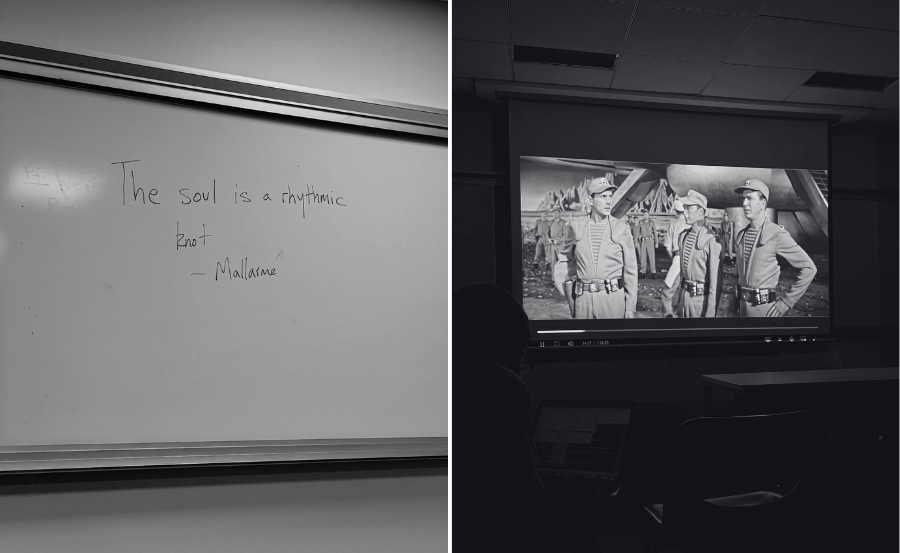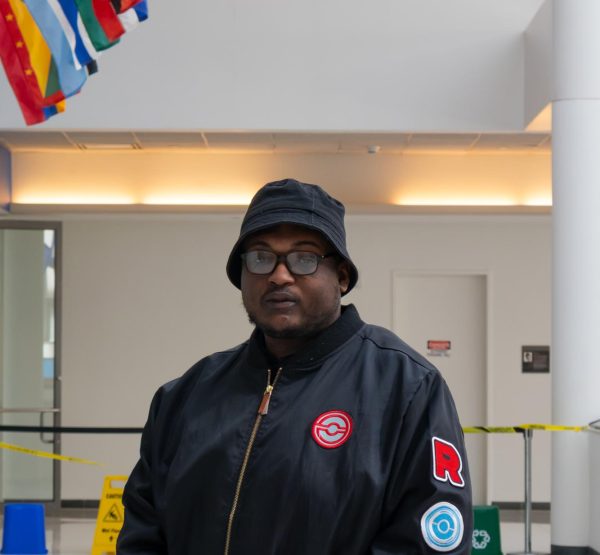Despite the city’s reputation as a melting pot of race and culture, the largest school district in the country has been criticized for its lack of diversity. City officials need to take action, as schools should serve as a shining example of dismantling societal and cultural barriers.
Chalkbeat announced on Oct. 19 that the federal government will distribute $12.5 million to some of the nation’s largest school districts, to combat segregation and promote more diversity in education. New York City will be receiving nearly $3 million for districts 3 and 13.
The city will use the funding towards initiatives mostly in Brooklyn and Manhattan as the two boroughs have a track record of eliminating the stigma of segregation associated with their schools.
Brooklyn will use the newly acquired funding toward the recruitment of elementary school families to middle schools in the area.
While the city should be applauded for its plans to end segregation in schools, it is important for education advocates to call out the school system for implementing tactics that initially fueled the systemic barrier. For example, some schools in Brooklyn have resurrected a tactic of academically screening incoming middle school students.
However, such selective programs are controversial — and rightfully so — as it can be exclusionary toward minority groups. Academic screens affect students of color and students from low-income districts where local schools lack the resources readily available in affluent districts.
To end segregation in public schools, the concept of screening students must end. Academic screening hurts students of color as it deprives them of better opportunities.
The Department of Education launched the funding as part of its ‘Fostering Diverse Schools Demonstration Program’ to desegregate its classrooms’ student bodies and provide them with resources they need. Education Secretary Miguel Cardona recognized the challenges faced in the nation’s education system.
“Every student in America deserves access to a high-quality education, but persistent racial and socioeconomic isolation in our schools continues to result in inadequate resources, lesser access to advanced courses, fewer extracurricular offerings, and other tangible inequities,” Cardona said.
Stopping segregation in NYC schools will take much more than writing a check and the problem will not be solved overnight. Mohammed Choudhury, former Maryland schools superintendent said, “It’s not going to fully solve it.”
Furthermore, a study released by the DOE in May 2023 found that segregated schools, by racial or socioeconomic factors, did not have proper access to resources needed to aid students.
Segregation in New York City schools is very much real as history has shown. Earlier in the 2023 school year, Stuyvesant High School in Lower Manhattan admitted 762 new students but only seven of the students were Black, according to the New York Times.
Pushing for desegregation in NYC public schools should always take top priority. Systemic segregation must come to an end as schools are meant to serve as neutral institutions where everyone, no matter their cultural or social backgrounds, is entitled to quality education.



